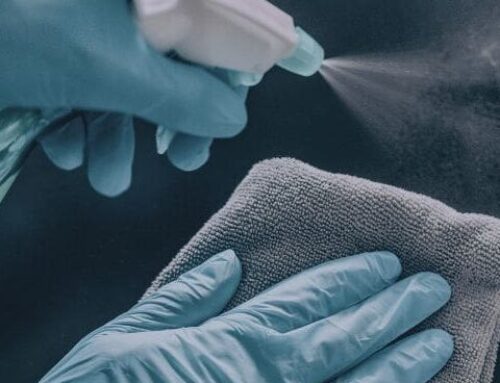Both EPA and FDA have regulatory authority over disinfectants marketed in the United States. A 1994 memorandum of understanding between the two agencies gave FDA sole regulatory authority over high-level disinfectants, which are used to treat critical and semi-critical medical devices. EPA regulates all other disinfectants, including disinfectants used on environmental surfaces.
FDA recognizes four categories of disinfectants based on the Spaulding classification. Critical medical devices that come into contact with sterile tissues are treated with sterilants. Semi-critical devices that come into contact with non-sterile tissues such as mucous membranes are treated with high-level disinfectants. Sterilants are the same products as high-level disinfectants, just used for longer periods of time. Non-critical medical devices such as hospital bed rails and bedpans are treated with intermediate or low-level disinfectants. All intermediate and low-level disinfectants are EPA-registered and primarily regulated by EPA. Low-level disinfectants are EPA-registered disinfectants approved for use in hospitals. Intermediate-level disinfectants are low-level disinfectants that are also tuberculocidal.
EPA categorizes disinfectants differently, with terms such as limited- or broad-spectrum disinfectant, virucide, fungicide and tuberculocide. Limited-spectrum disinfectants are effective against either Gram-positive or Gram-negative bacteria, while broad spectrum disinfectants (also known as general disinfectants) are effective against both. Disinfectants for use in hospitals are broad-spectrum and proven to kill Pseudomonas aeruginosa.




